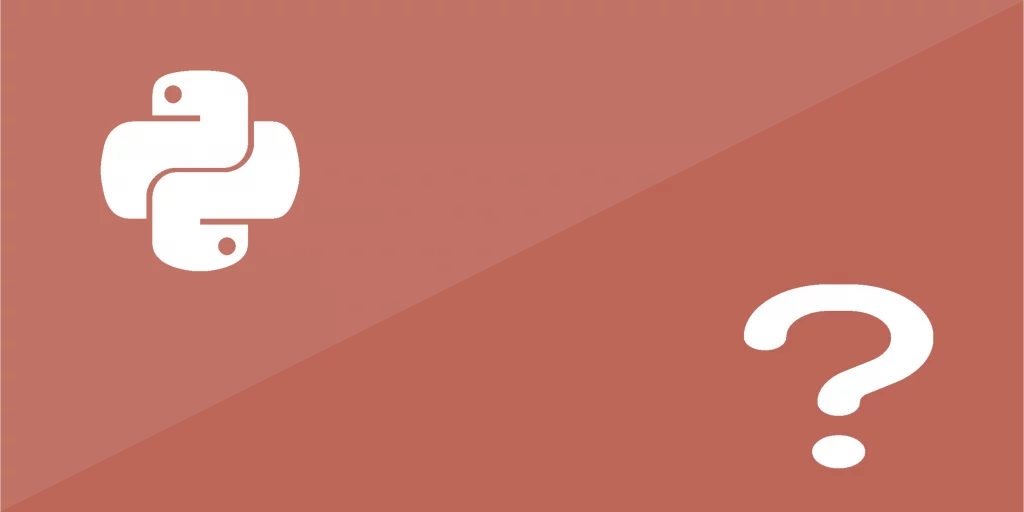Course Overview
Python is one of the most popular programming languages today, renowned for its simplicity, readability, and broad applicability in areas like web development, data science, artificial intelligence, and more. In this course, you will learn not only how to set up Python on different operating systems but also explore its powerful features and understand why it stands out from other programming languages like Java and C++.
What You Will Learn
- Getting Started:
Introduction to the course and an overview of what makes Python a versatile tool for developers of all skill levels. - How to Install Python and pip:
Step-by-step instructions on installing Python and pip on Windows, Linux, and macOS, ensuring you have the necessary tools to start coding. - Advantages of Python over Java and C++:
Explore why Python is often the preferred language for beginners and experts alike, including its simplicity and the breadth of its applications. - Is Python Beginner Friendly?:
Discussion on the features that make Python an excellent choice for newcomers to programming. - Is Python Dynamically Typed?:
Understanding the dynamic typing system of Python and how it differs from statically typed languages. - Differences Between Python 2 and Python 3:
Navigate through the key differences between Python 2 and Python 3, helping you understand the evolution of Python and why Python 3 is the standard today. - Main Data Structures in Python:
Comprehensive guide on Python’s built-in data structures such as lists, dictionaries, sets, and tuples, and how to use them effectively. - Working with Modules and Packages:
Learn how to enhance your Python projects with modules and packages to organize and modularize your code better. - Handling Errors and Debugging:
Essential techniques in error handling and debugging to write more robust and error-free Python code. - Understanding Python Generators:
Dive into Python generators, a powerful tool for creating iterators in a memory-efficient way. - Differences Between __str__ and __repr__:
Clarify the distinct purposes of these two special methods and how to implement them in your Python classes. - Shallow Copy vs. Deep Copy:
Explore the nuances between shallow and deep copying of objects in Python, crucial for managing mutable objects.
Hands-On Learning Experience
Each module is packed with practical examples and exercises designed to reinforce the concepts learned.
Who Should Enroll
This course is suitable for anyone interested in learning Python, from those just starting out in their programming journey to experienced developers looking to expand their skill set. It’s particularly beneficial for:
- Individuals new to programming.
- Programmers transitioning from other languages like Java or C++.



